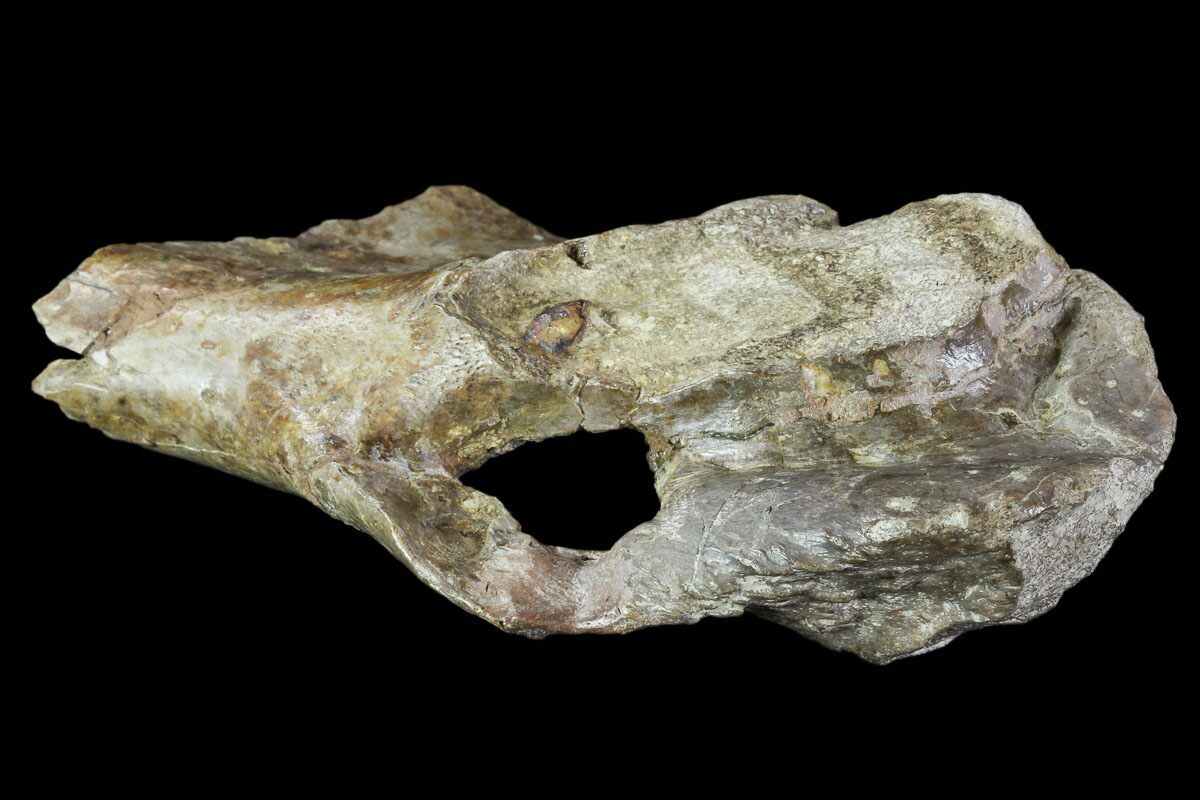

The Neanderthal bone was also radiocarbon dated and shown to be more than 50,000 years old, as expected based on its deep position in the site. The results suggest that this Neanderthal was most closely related to other Neanderthals in the Altai region and more distantly related to those further to the west. Study co-author Professor Svante Pääbo and his group from the Max Planck Institute in Leipzig found that the bone belonged to a Neanderthal on the basis of its mitochrondrial genome. The bone itself is not exceptional in any way and would otherwise be missed by anyone looking for possible human bones amongst the dozens of fragments that we have from the site.' After a lot of hard work, finding this tiny bone which yields so much information about our human past was just fantastic. On discovering that one 2.5 cm-long piece of bone had a clear human fingerprint, Sam Brown said: 'When the ZooMS results showed that there was a human fingerprint among the bones I was extremely excited. They then compared the sequences obtained against a reference library of peptides from known animal species. The team profiled the sequences using microscopic samples from 2,300 unidentified bone fragments from the site. The sequences of collagen peptides in bone differ in tiny ways between different animal species. The international research team was led by Professor Thomas Higham and his student Sam Brown of the University of Oxford, with the developer of the ZooMS method, Dr Michael Buckley from the University of Manchester the Max Planck Institute in Leipzig Cranfield University and the Institute of Archaeology and Ethnography, Russia. Their paper, which appears in the journal Scientific Reports, suggests that ZooMS has huge potential to increase our understanding of human evolution, including the amount of interbreeding that went on between our closely related cousins and modern humans. It is the first time that researchers have identified traces of an extinct human from an archaeological site using a technique called 'Zooarchaeology by Mass Spectrometry' or ZooMS.įrom just a microscopic sample of bone, their analysis revealed the collagen peptide sequences in the bone that mark out one species from another. All the tiny pieces of bone were recovered from a key archaeological site, Denisova Cave in Russia, with the remaining fragments found to be from animal species like mammoths, woolly rhino, wolf and reindeer.


 0 kommentar(er)
0 kommentar(er)
